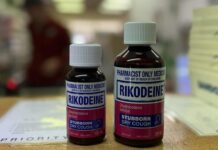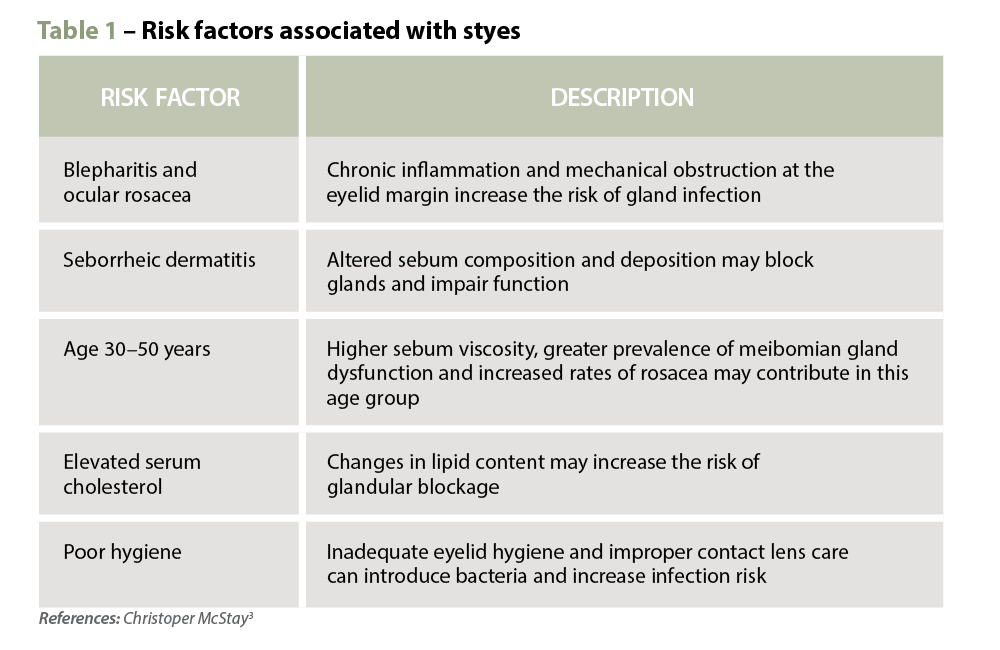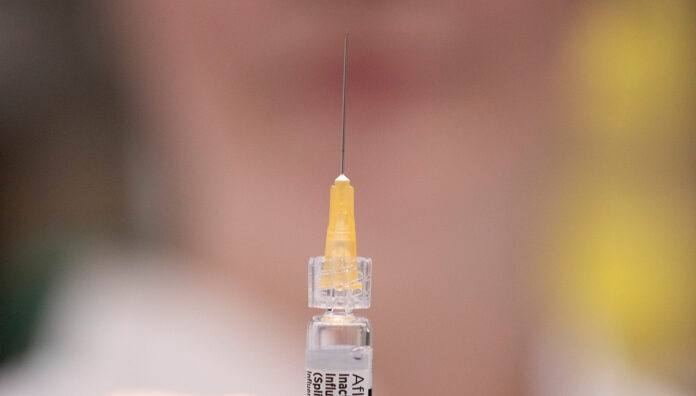As vaccine-preventable diseases resurface, pharmacies must lead proactive, informed conversations that close gaps and restore community protection.
Despite a world-class immunisation framework and high levels of public trust, Australia has seen vaccination coverage fall short of its 95% target across most cohorts since 2020, said Professor Michael Kidd at the 9th Annual Immunisation Forum 2025, in his first speech Australia’s new Chief Medical Officer.

‘If we don’t halt the decline in vaccination rates and improve our vaccination coverage … we’re risking more disease outbreaks, more serious illness and death among members of our most vulnerable populations, including our children and older people,’ he said.
It’s a troubling trend, especially with the re-emergence of measles both locally and globally, the increase in reported cases of influenza and pertussis, and the outbreak of polio just to our north in Papua New Guinea.
The good news? Pharmacists, as the most accessible health professionals, have already proven themselves to be a trusted, convenient and indispensable vaccination workforce. But there are ways to harness this accessibility, credibility and community reach to increase vaccination uptake – particularly as expanded scopes of practice and new immunisation programs roll out nationwide.
Taking every opportunity
The key to improving vaccination rates is proactive engagement, particularly during patient interactions, said pharmacist Bec Rogers.
‘One of the most effective strategies is the identification of eligible patients during dispensing,’ she said. Whether it’s offering an influenza shot to a patient collecting an asthma inhaler, or recommending a shingles vaccine to an older adult – the opportunities are endless.
‘Opportunistic conversations at the counter or in a consultation room prompt patients to take action that they may not have considered before, because the recommendation is coming from their trusted and respected health professional,’ she said.
For example, in areas with a high proportion of young families, offering family-friendly vaccination clinics – which could mean extended hours or group appointments – can help remove barriers and boost participation.
Other appointment types, such as medication reviews, health checks or minor ailment consultations, can be leveraged as an opportunity to identify recommended vaccines.
‘For instance, if you’re in the consult room talking to someone about their cardiovascular risk, it’s a great time to bring up what vaccinations they might need, such as influenza or pneumococcal vaccination,’ Ms Rogers said. ‘Our software enables us to check their immunisation history through integration with AIR to really streamline that process.’
Employing marketing and communication strategies
A strong digital marketing strategy can make all the difference in driving vaccination uptake. ‘Automated SMS reminders are one of the most effective tools,’ Ms Rogers said. ‘They can be used to remind patients about upcoming appointments, boosters that might be due, or seasonal campaigns.’
Email campaigns offer another channel to reach patients who may not visit regularly. ‘They can provide more detailed information about available vaccines, eligibility criteria and also how to book,’ she said. ‘They’re particularly useful for engaging with patients who may not be visiting your pharmacy as frequently as others.’
Social media platforms such as Facebook and Instagram extend community reach – allowing pharmacists to share timely updates, highlight new services and showcase the accessibility and professionalism of pharmacy teams.
In-store signage also plays a vital role. ‘Posters, window decals and digital screens really help reinforce the message for walk-in customers,’ Ms Rogers said.
As pharmacists expand their service offerings, it’s crucial to promote new programs – including new NIP vaccines and travel health services.
‘This not only broadens the scope of pharmacy-based vaccination, but also creates new touchpoints for engaging with patients and improving public health outcomes,’ she said.
Staying on top of legislation changes
As pharmacists administer more and more vaccinations, it’s crucial to keep pace with evolving legislation and vaccine eligibility, said immunisation nurse Georgina Lewis, manager of Victoria’s Vaccine Safety Service.
‘The NIP is forever changing,’ she said. ‘Even if you’re not delivering them, you need to be able to engage with families who are interested in vaccines and be opportunistic in your recommendations.’
RSV vaccine eligibility is a particularly dynamic space. ‘We’ve got two vaccines recommended for older adults, Arexy and Abrysvo,’ Ms Lewis said. ‘Both can be given at any time of year, but there’s seasonality in some states and for others, it’s all year round – particularly in tropical regions.’
Expanding service offering through travel vaccinations
There’s an expanded role for some pharmacists to provide travel vaccines, Ms Lewis said.
‘You need to be cognisant of what your legislative requirements are, and in some circumstances [these vaccinations] will be in collaboration with other healthcare providers,’ Ms Rogers said. ‘There may be a scenario where a family or individual comes in with a prescription from a GP for Hepatitis A for example, so you dispense the vaccine and then realise that perhaps you have an opportunity to administer it … which is more convenient for the patient and prevents potential cold chain issues.’
However, a conversation needs to occur with the patient’s GP. ‘You also need to make sure it’s recorded in AIR so we don’t get double-ups,’ she said.
Travel advice might be sought through pharmacists, which presents further vaccination opportunities when within scope. ‘It’s important to check vaccination status as part of those discussions, as you may identify gaps and opportunities to catch individuals up,’ she said. ‘And then always refer back to a GP or travel specialist as appropriate. Key questions include: Are you going somewhere? Have you had your travel vaccines? Have you spoken to your GP or a travel specialist?
Co-administration and avoiding common errors
As pharmacists take on a greater role in immunisation, it’s essential to approach co-administration of vaccines with care and clinical confidence, Ms Lewis said.
‘If you’re not comfortable doing more than one injection, don’t do it,’ she said. ‘You’re better off doing them separately or sending them somewhere where they are more confident to do that, because we don’t want people coming away with the incorrect technique leading to something like a shoulder injury related to vaccine administration.”
The Vaccine Safety Service has received reports of shoulder injuries occurring in both pharmacy and general practice settings due to improper injection technique.
‘So it’s really important you know your anatomical sites if you’re going for co-administration, focusing on the deltoid which is recommended [for patients] over 12 months of age,’ Ms Lewis said. ‘Injecting too high into the shoulder area can cause restricted movement and ongoing pain and suffering for individuals.’
Common vaccine errors reported to the Vaccine Safety Service also underscore the importance of vigilance. Confusion between RSV vaccine products has been observed, particularly during the initial rollout phases. ‘[There was] a bit of inadvertent administration of Arexy in pregnancy when Abrysvo wasn’t on the NIP, which has settled down now,’ Ms Lewis noted. ‘But it’s been replaced by Abrysvo being given to infants instead of the monoclonal antibody.’
Another avoidable issue is the administration of expired vaccines. ‘We get a lot of expired vaccine [reports],’ she said. ‘So it’s another opportunity to check and get your products and storage right.’
Looking ahead
The National Immunisation Strategy for Australia 2025–2030, released on Thursday 12 June, outlines national consistency and public trust as key pillars in increasing vaccination rates – recommending an expanded vaccination scope for pharmacists that encompasses more NIP vaccines.
This is something PSA has long advocated for.
‘Harmonising the regulation of pharmacist-administered vaccines is overdue. It just makes sense. Now it has been recommended by a number of policy leaders from the Interim Australian Centre for Disease Control to the Grattan Institute,’ said PSA National President Associate Professor Fei Sim FPS.
‘PSA has said previously that the Australian Immunisation Handbook should be the national standard for defining vaccine formularies, instead of relying on complex regulatory instruments unique to each state and territory. The National Immunisation Strategy has supported this approach. Now it’s time for action.
In the meantime, the message for pharmacists is clear: continue doing what you do best – connect with your community, provide trusted care, and stay informed.
‘You’re all in a fantastic position to do something about this,’ Prof Kidd said. ‘Please continue to do all you can.’




 Team PSA 2026: Caroline Diamantis FPS, Prof Mark Naunton MPS and Bridget Totterman MPS[/caption]
Team PSA 2026: Caroline Diamantis FPS, Prof Mark Naunton MPS and Bridget Totterman MPS[/caption]
 A/Prof Fei Sim and Prof Mark Naunton[/caption]
A/Prof Fei Sim and Prof Mark Naunton[/caption]

 Clinical features
Clinical features  Warm compresses are the cornerstone of treatment, helping to soften the lesion, bring pus to the surface and encourage spontaneous drainage. A clean face cloth soaked in warm (not hot) water should be applied to the closed eyelid for 2–5 minutes, twice daily during the active phase. Once the stye begins to drain, any discharge should be gently wiped away using a clean, warm washcloth. After resolution, continuing warm compresses once daily may help prevent recurrence.2
Warm compresses are the cornerstone of treatment, helping to soften the lesion, bring pus to the surface and encourage spontaneous drainage. A clean face cloth soaked in warm (not hot) water should be applied to the closed eyelid for 2–5 minutes, twice daily during the active phase. Once the stye begins to drain, any discharge should be gently wiped away using a clean, warm washcloth. After resolution, continuing warm compresses once daily may help prevent recurrence.2 







